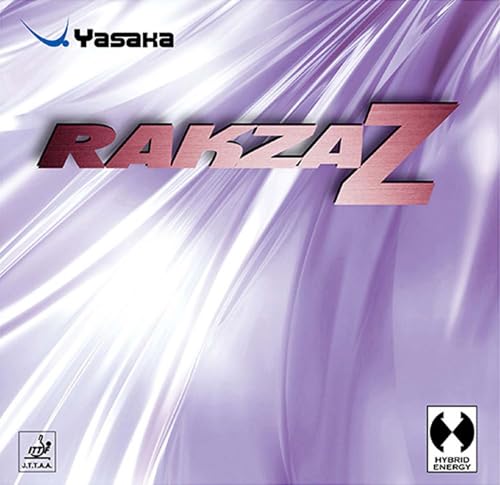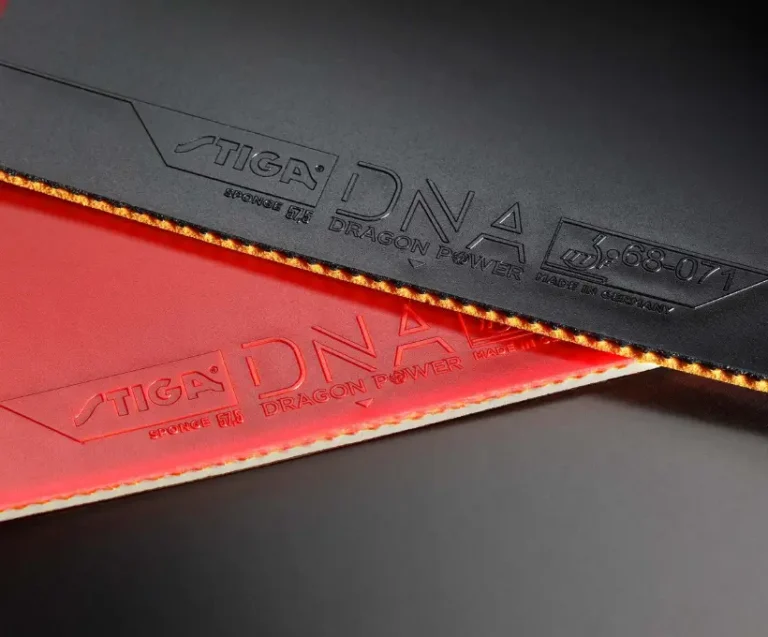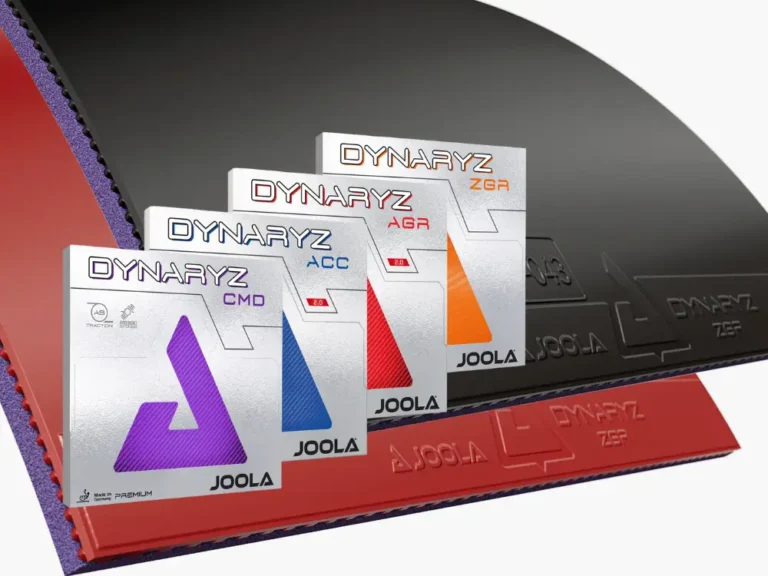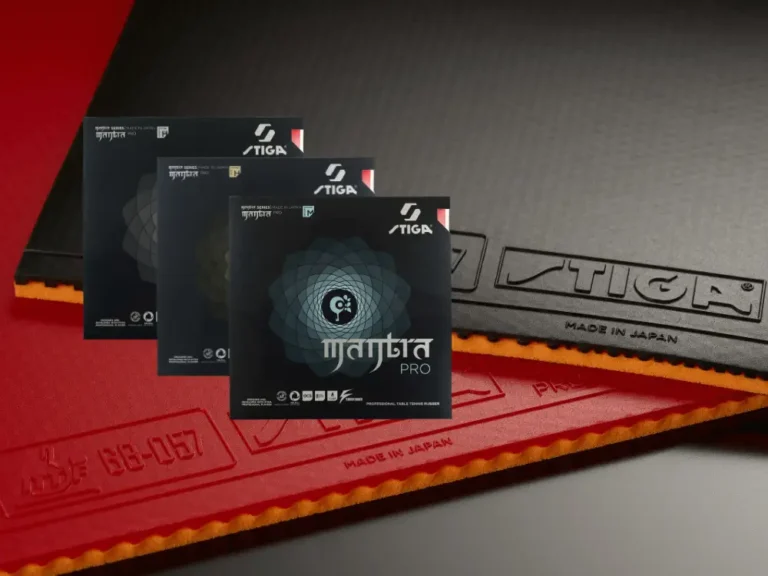Are you better off with the catapult power of European rubbers, or the tacky control of Chinese rubbers? Let’s break it down.
Understanding the differences between European and Chinese table tennis rubbers is crucial for intermediate to advanced players seeking optimal performance. Each rubber type embodies a distinct design philosophy, affecting spin, speed, control, and overall play feel. Choosing the right rubber can elevate your strokes and complement your playing style.
Both styles offer unique advantages, depending on the player’s technique, playing distance, and personal preference. Let’s explore the specifics.
“We may earn a small commission through affiliate links in this article at no extra cost to you. These earnings help support the content on our site and allow us to provide more detailed resources and reviews for table tennis players like you.”
1. What Do ‘European’ and ‘Chinese’ Rubber Mean?
European rubbers typically refer to those manufactured in Germany (especially by ESN) or Japan. Common examples include brands like Tibhar, Andro, Donic, and Butterfly (non-Chinese lines). These rubbers are known for their high-tension, grippy topsheets and dynamic sponges.
Chinese rubbers are manufactured by brands such as DHS, 729 Friendship, Yinhe, and Kokutaku. They usually feature a tacky topsheet paired with a denser, harder sponge.
More than just the country of origin, these terms define an entire design approach: European rubbers prioritize bounce and energy efficiency, while Chinese rubbers focus on precision, control, and spin generation.
Now that we’ve defined the two rubber types, let’s dive into how they differ in real-world play.
2. Key Differences Between European and Chinese Rubbers
While both rubber types are ITTF-approved, their playing characteristics can feel worlds apart.
A. Surface Grip: Grippy vs. Tacky
European rubbers use grippy topsheets that rely on friction rather than stickiness. This allows for easier dynamic play, especially on quick counters and looping rallies.
Chinese rubbers feature a tacky (sticky) surface that grips the ball strongly. This enables the creation of spin generation, especially on serves and slow brush loops.
“Chinese rubbers are great when generating slow, spinny openers thanks to their sticky surface.”
B. Sponge Composition and Feel
European sponges are generally porous and soft to medium-hard, providing a lively catapult effect. They activate even with lighter input, aiding in control and ease of play.
In contrast, Chinese rubbers often use hard, dense sponges. These require more physical input and precise technique to unleash power.
This significantly impacts looping style: European rubbers allow for easier topspin looping, while Chinese rubbers require full-arm brushing mechanics.
C. Speed and Catapult
European rubbers excel in catapult response; the ball springs off the sponge with minimal effort. This helps in quick exchanges and counter-looping.
Chinese rubbers are more linear, giving less speed on light contact but offering more control. They respond strongly only when fully engaged with aggressive strokes.
D. Arc and Throw Angle
European rubbers generally produce a higher arc and wider margin for error. This helps with looping consistency and safety over the net.
Chinese rubbers produce a lower throw angle, offering a more direct trajectory. This is ideal for flat hits, counter-drives, and precise placements.
E. Weight and Durability
Chinese rubbers, especially tacky ones with dense sponges, are typically heavier and more durable. The tacky topsheet tends to retain spin characteristics longer.
European rubbers, while lighter and more reactive, may lose their bounce more quickly due to the breakdown of their porous sponge over time.
Now that we’ve compared these characteristics side by side, let’s summarize them in a quick reference table.
3. Comparison Table: European vs. Chinese Rubbers
| Feature | European Rubbers | Chinese Rubbers |
|---|---|---|
| Surface Feel | Grippy (non-tacky) | Tacky (sticky) |
| Sponge Type | Porous, bouncy | Dense, hard |
| Speed | Fast, reactive | Slower at low impact, powerful when engaged |
| Spin Generation | Elastic friction-based | Sticky brush-based |
| Arc / Throw Angle | High arc, forgiving | Low arc, direct |
| Catapult Effect | Strong | Low to medium |
| Physical Effort Required | Lower | Higher |
| Durability | Medium | High |
| Ideal Playing Distance | Mid to far | Close to mid |
| Best For | Loopers, all-rounders | Forehand attackers, precise hitters |
| Sample Rubbers | Tibhar Evolution MX-P, Rasanter R47, Tenergy 05 | DHS Hurricane 3, 729 Battle II, Yinhe Big Dipper |
4. Which Type Is Best for Your Playing Style?
Here’s a quick guide to help you decide based on your playstyle:
- Loopers (Mid-distance): Both work. European rubbers are more forgiving and easier to spin.
- Close-to-table Attackers: Chinese rubbers excel with low arc and precise ball placement.
- All-rounders: European rubbers offer better balance, touch, and easier adjustment.
- Forehand-dominant Players: Chinese rubbers reward heavy brushing with spin-loaded loops.
- Backhand-dominant Players: European rubbers are easier to activate with shorter strokes.
- Beginners: European rubbers are more user-friendly and require less effort to play effectively.
“If your game is built on heavy brush loops and powerful forehand strokes, Chinese rubbers reward proper technique with maximum spin.”
5. The Rise of Hybrid Rubbers: Best of Both Worlds?
Hybrid rubbers combine a tacky Chinese-style topsheet with a dynamic European-style sponge. This fusion offers easier spin access, along with added catapult and a softer feel.
These rubbers are ideal for players transitioning between styles or seeking a compromise between control and speed.
Popular hybrid examples include: Butterfly Dignics 09C, Yasaka Rakza Z, Tibhar Hybrid K3, Xiom Jekyll & Hyde C55.
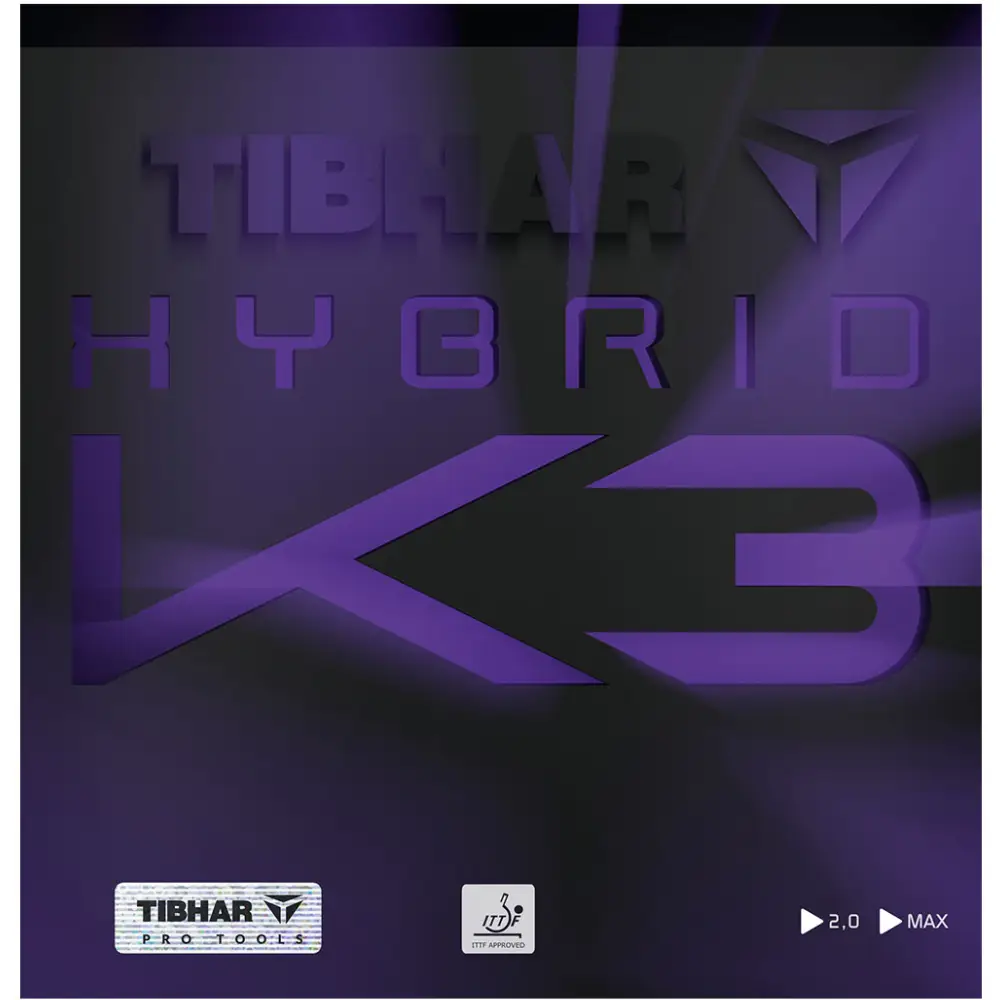
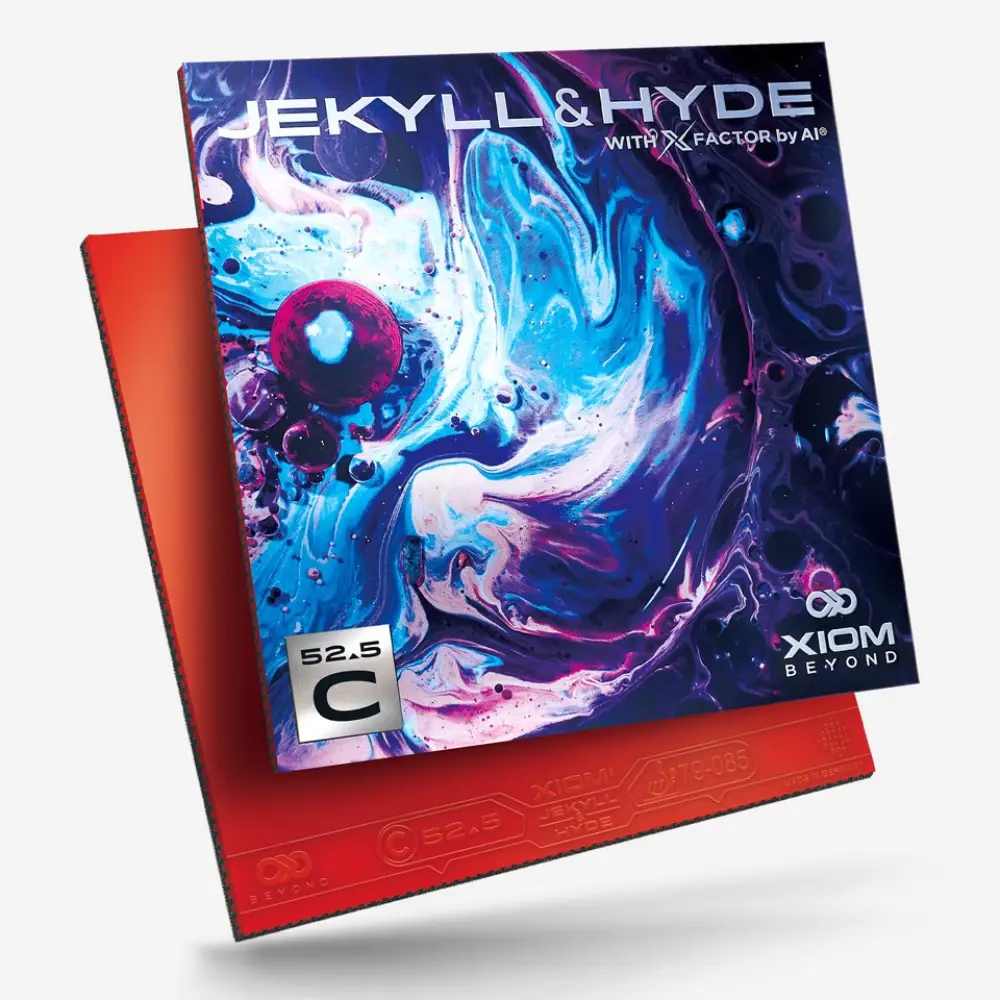
They offer a smoother learning curve and broaden your tactical options.
6. Tips for Transitioning Between Rubber Types
Switching between European and Chinese rubbers can significantly change how your strokes feel and behave. The key is to give yourself time to adapt and understand the demands of the new rubber type. European rubbers will feel faster and more springy, while Chinese rubbers may initially seem slower and require more effort, but reward you with unmatched spin potential when used correctly. Thoughtful practice and small adjustments in technique will help smooth the transition.
If switching from European to Chinese Rubber:
- Expect a slower rebound on soft strokes
- Focus on developing a proper brushing technique
- Try factory-boosted versions (e.g., Hurricane 3 NEO) for easier power
If switching from Chinese to European Rubber:
- Adjust the timing due to the faster catapult effect
- Shorten the stroke to avoid overhitting
- Consider softer sponge models like Vega Europe or Rasanter R42 for better control
Conclusion
Both European and Chinese rubbers offer incredible performance, but choosing the right one depends on your playing style, skill level, and what kind of feedback you want from your shots.
“Don’t be afraid to experiment with hybrids or mix and match rubbers on your blade to suit your strengths.”
Thank you for reading! We hope this article helps you make a more informed decision on your next rubber upgrade. Whether you’re optimizing your setup or just curious about your options, you’re on the right path to elevating your game.
Visit our Table Tennis Product Reviews Page for in-depth evaluations of the most popular models on the market.



